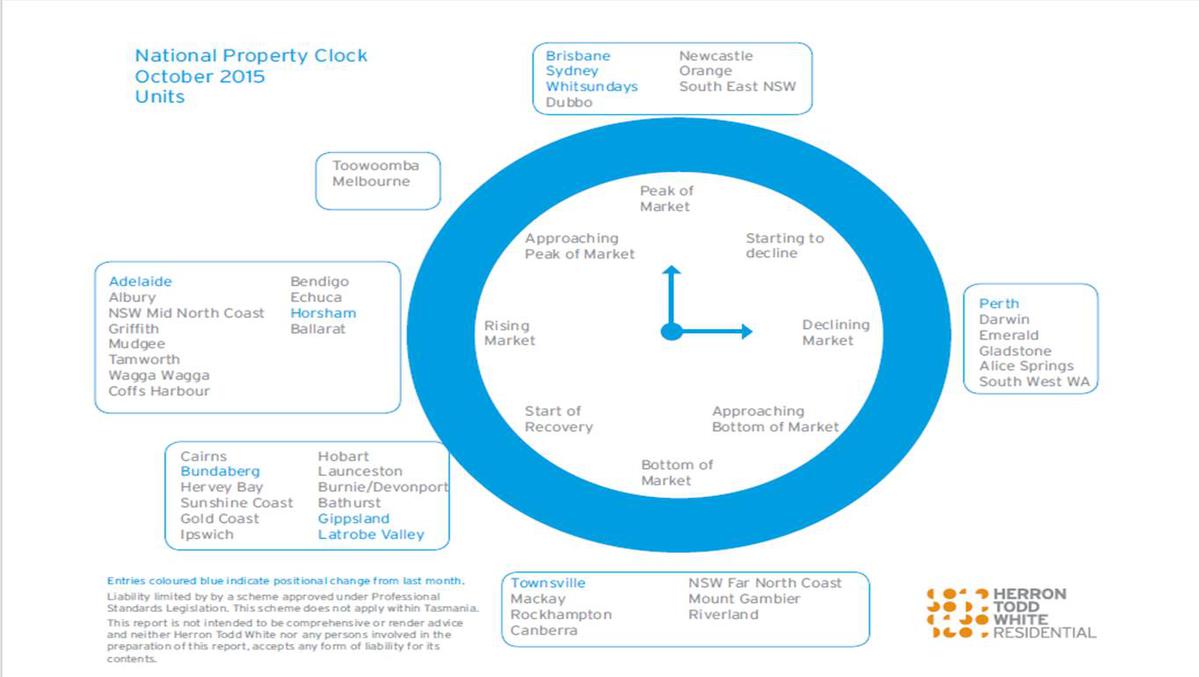Most borrowers have already or will be shortly seeing the rates on their home loan and investment lending increase. But why is the happening when the RBA has been cutting rates? There are some key factors:
- APRA is seeking to curb investment lending growth
- ASIC wants banks to apply tighter restrictions on lenders to make it harder for people to borrow money, particularly interest only and investment lending
- APRA wants the banks to hold greater levels of capital
Investment and interest only lending
APRA and ASIC are seeking to cool growth in investment lending which has primarily built up in the Sydney market. But rather than take a targeted approach to the Sydney market APRA in particular has a adopted a broad brush approach applying pressure on the banks to slow their lending growth. So banks at this point have responded by changing pricing and/or policy for investment lending. The changes we have seen so far include:
- A number of lenders including AMP have pulled out of investment lending altogether
- A reduction in LVRs for investment lending - 90% is now generally the maximum - down from 95%
- Some lender will only finance up to 80% for investment property
- Lenders increasing interest rates for investment and interest only lending
- Increased restrictions for SMSF lending
- Increase restrictions to overseas and foreign investors
- Increased restrictions on development funding
The restrictions have however seen more competitive pricing emerge for owner occupied principle and interest lending below 80% and have also seen more competitive investment lending emerge outside of the major banks.
So now the pricing landscape in terms of rates is extremely varied - there is not one rate and pricing will be specific to your situation and requirements and in most cases there will be different pricing on different loans.
The lowest priced interest rates will typically be for principle & interest owner- occupied lending below 70% LVR. The highest priced lending will be for Interest On;t investment lending above 90% LVR.
Increases in home and investment lending rates due to Capital Adequacy Requirements
Westpac has already raised it's home lending rates by 0.2% and NAB, CBA, ANZ and Macquarie will most likely raise rates in the coming weeks. But that's not the end of it - there is still more to come.
The rate increase has come as a result of Westpac's need to hold more capital to protect deposit holder funds. Former CBA chief David Murray's enquiry into the financial services sectors highlighted that the major banks and MacQuarie were holding a significantly lower percentage of capital relative to the their loan book compared to the remainder of deposit taking institutions. The average risk weighting of the majors loan books sits at around 16% while the remainder of the market sits around 30-35%. APRA wants to see that risk weighting increase to 25%.
APRA has been steadily applying pressure to banks to increase their capital holdings to strengthen their balance sheet to market shocks. Westpac and other banks have had to go to market to raise more capital which has diluted the banks return on equity.
Westpac chief executive Brian Hartzer said Westpac would be maintaining its return on equity target of 15 per cent. Which means further capital raisings will mean further rate hikes. This is likely as Westpac and other banks would need to raise more capital in response to pressures from global regulatory changes known as Basel IV.
So we can expect to see more rate hikes out of the majors.
This certainly creates opportunity for smaller lenders in the market who are already meeting their capital requirements and already have competitive offerings - some with rates below 4%.
With all the changes in the market now is an ideal time to talk to us to review your lending. Contact us today.










